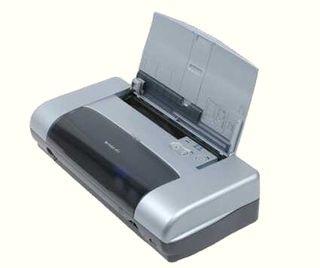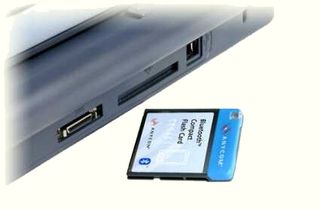Bluetooth: A Rundown
Profiles And Links
Twenty Existing Profiles
Of the 20 profiles validated by the Bluetooth Special Interest Group (SIG) consortium, only 13, the original 13, are actually used. Some are generic and are used to allow Bluetooth devices to detect and recognize each other. Others are used for specific purposes and are thus optional. A sound communication profile is indispensable for a telephone, but pointless for a keyboard.

Obviously, in a perfect world, all devices would have all the profiles so that each could communicate with the next with no trouble. Unfortunately, the more layers that are implemented, the higher the cost of integrating wireless technology - up to $50 a chip, according to Baracoda, a supplier who develops and markets Bluetooth applications to encourage development of built-in wireless solutions. As a rule, they all have the General Access Profile (GAP). This is the lowest layer of all and enables devices to detect and connect with each other. A printer will probably make do with a Serial Port Profile (SPP), which automatically works out which is client and which is server. Two PCs sharing data will use the LAN Access Profile, and PDAs will go via the Dial-Up Networking Profile (DNP) layer to use cell phones and modems. The SIG receives new profile tenders all the time, so there is nothing to prevent something more innovative and smart from turning up, something that can offer really new functions. Bluetooth prides itself on being a standard in constant evolution, forever on the forefront of technology.

Stay on the Cutting Edge
Join the experts who read Tom's Hardware for the inside track on enthusiast PC tech news — and have for over 25 years. We'll send breaking news and in-depth reviews of CPUs, GPUs, AI, maker hardware and more straight to your inbox.
Current page: Profiles And Links
Prev Page How It Works Next Page Synchronous, Asynchronous And Voice/ DataMost Popular

